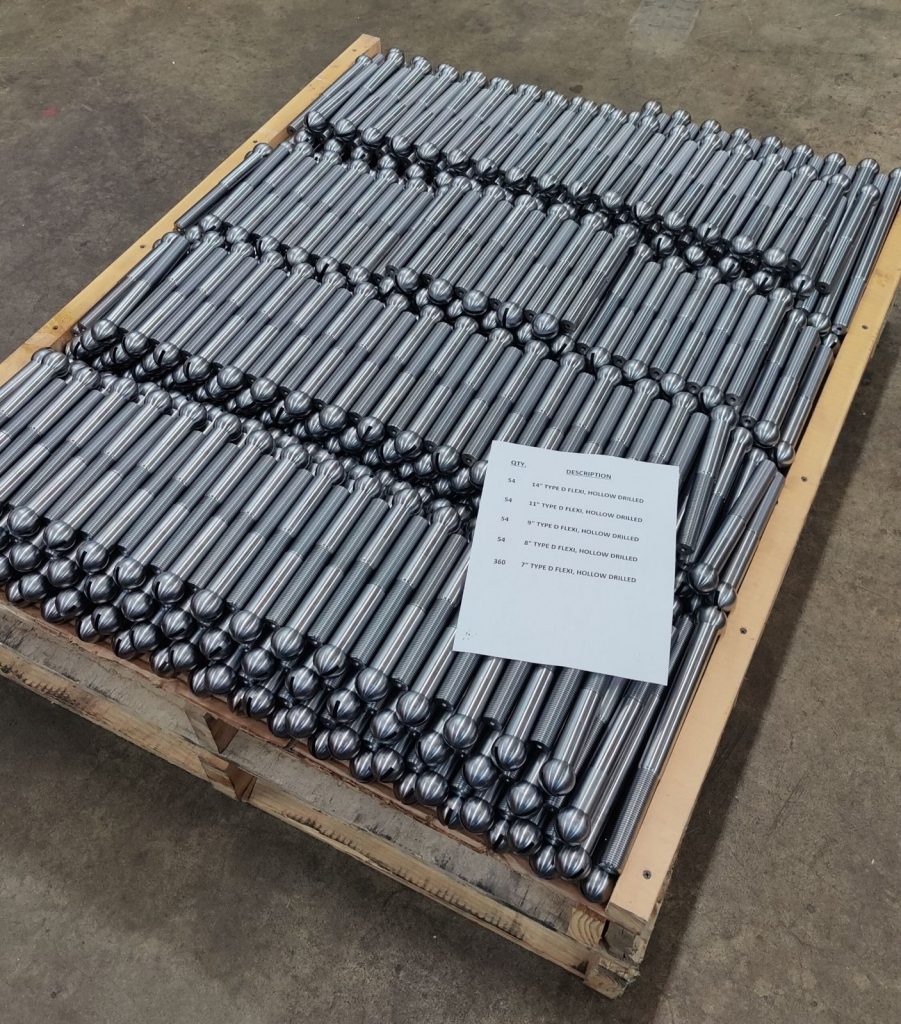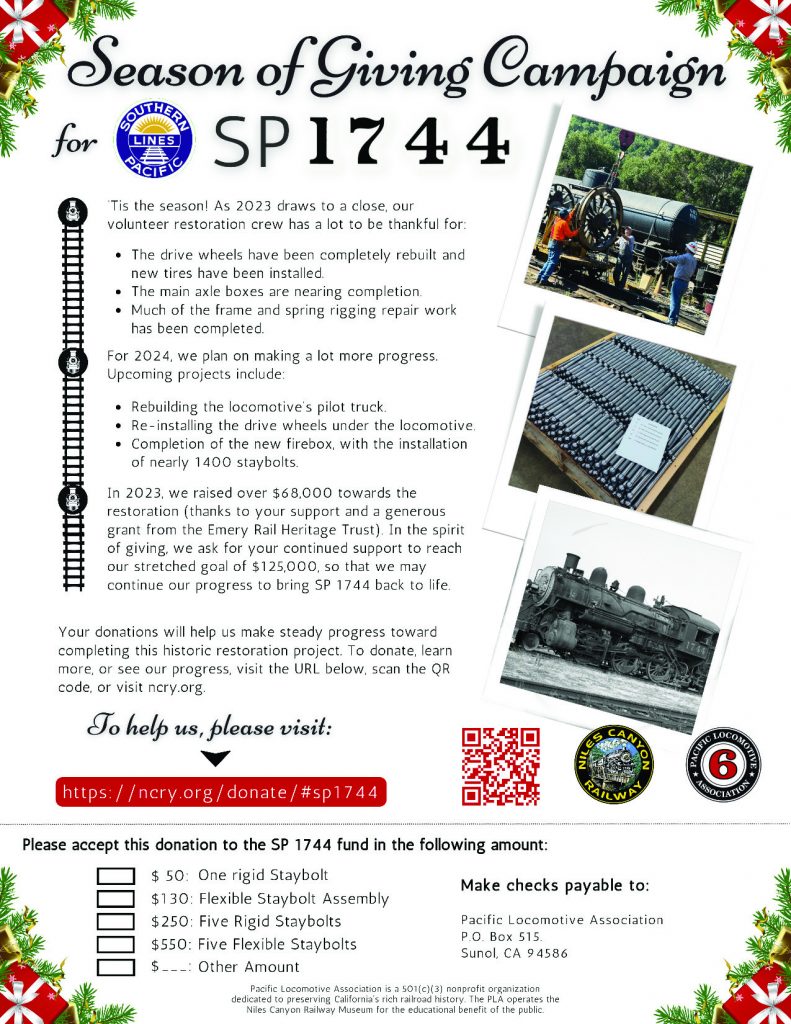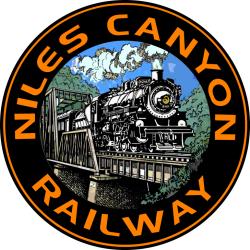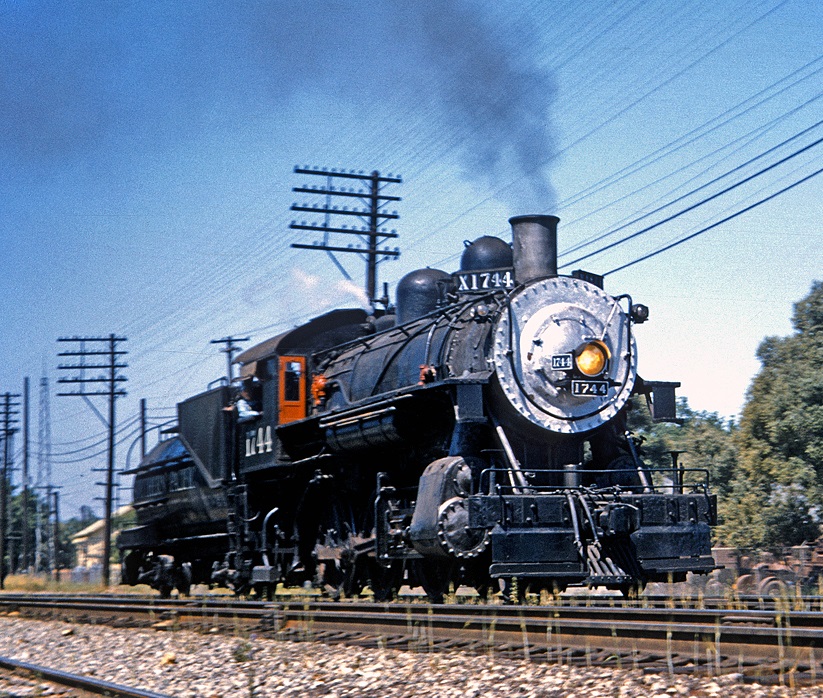‘Tis the Season
How quickly time flies! We find ourselves in the midst of yet another Sold Out Train of Lights season, having concluded what feels like the first “normal” year in a long time. Thanks to our tireless volunteer efforts, we’ve continued to run both steam and diesel trains, with many being sold out during the year; we’ve resumed our popular Beer Trains, we’ve hosted a variety of special events, including charters, M-200 runs, and Speeder Runs, made continued progress in our efforts to build East, and have continued to make steady progress on our many restoration projects. As with last year, we’d like to continue to highlight the Southern Pacific #1744 restoration.
This Southern Pacific #1744 project continues to be a priority for the organization as it gives us a period appropriate, regionally appropriate, and operationally appropriate locomotive for future steam operations in Niles Canyon. The SP 1744 will be one of the few locomotives operating on its original railway, with that railway’s original equipment, on a regular basis. It will also help ease the burden on our volunteers of prepping articulated locomotives for service. Although the mallets are fascinating and historic in their own rights, they require twice the amount of prep work and maintenance on account of their second engine units.
General history of the SP #1744 can be found here on Niles Canyon Railway’s website. You can also find an ongoing video documentary of the locomotive restoration is on TSG Multimedia’s Youtube channel – be sure to watch them as they are extremely well done and informative, and highlight the progress of the restoration to date. The latest is available below and many thanks to TSG for their help with these videos).
Throughout 2023, our volunteers have continued to make steady progress on the restoration, thanks to the generosity of our donors. That work included:
- Installation of all new tires for the drive wheels (tires funded by a generous donation from the Candelaria Fund)
- Painting of the drive wheels by our volunteers
- Continued repairs to the driving boxes by our contractor
- Fabrication of all staybolts for the boiler, including flexible caps and sleeves (partially funded by our generous donors and the Emery Rail Heritage Trust)
- Finishing pad welding and repairs to the furnace bearing surfaces on the frame
- Rebuilding of spring rigging equalizer packs
- Continued cleaning, priming, and painting of the frame

Photo by Chris Hauf – Used with permission.
Going into 2024, we will start to see some major visible progress as our volunteer crew will start re-assembly of the running gear, with the re-installation of the drivers and rebuilding of the pilot truck. We will also see the next critical phase of the boiler repairs – the installation of the newly fabricated Staybolts. This is where we’ll need your help for this coming year.

Photo courtesy of: Stathi Pappas – Stockton Locomotive Works.
In the December 2022 Club Car, we discussed what staybolts are and how they contain the immense boiler pressure between the flat surfaces of the firebox. The installation of staybolts is a time-consuming and labor-intensive process with each one taking several hours to install (if you have more interest, search for steam locomotive staybolt installation on Youtube to see the process). The installation process can be summed up roughly as follows:
- The holes in the firebox and boiler wrapper are reamed to be precisely aligned.
- A specialized “staybolt tap” is run through the holes, which cuts threads to match the threads machined on the staybolts themselves
- The staybolt is then threaded all the way through, securing the outer sheet to the inside sheet
- The excess threads are cut-off, and the ends are peaned over with a large air hammer to make a rounded end which seals the end of the bolt to the sheet.
Considering the SP #1744 has over 1400 staybolts – this adds up to a HUGE amount of time and labor. In addition, the SP #1744 has over 700 flexible staybolts that require additional work, as each one has sleeve that needs to welded to the exterior of the boiler shell.
So while there is plenty of work to be done, we need funding to get it done – That is where you come in! Last year the PLA raised over $68,000 for the SP #1744 project, thanks in part to a generous grant by the Emery Rail Heritage Trust and a generous gift by the Farwell Family. This year we want to keep the donations coming so the restoration work can continue.
The Pacific Locomotive Association and their hard working volunteers would like to ask for your support to continue with the boiler work and help us install those 1400 staybolts. You may donate on-line here:
or via mail by jumping over to our Donate page where the all of the mail in information is.
You may also download this flyer to print and mail should you choose. The flyer was graciously designed by our friends at Gossamer Admin & Design.

Any amount is appreciated. Your continued support will help us in bring this historic locomotive back to life and preserve steam railroading for future generations.
Respectfully,
The Pacific Locomotive Association
Lead photo caption
SP 1744 Running Light in 1958, photo courtesy John West

